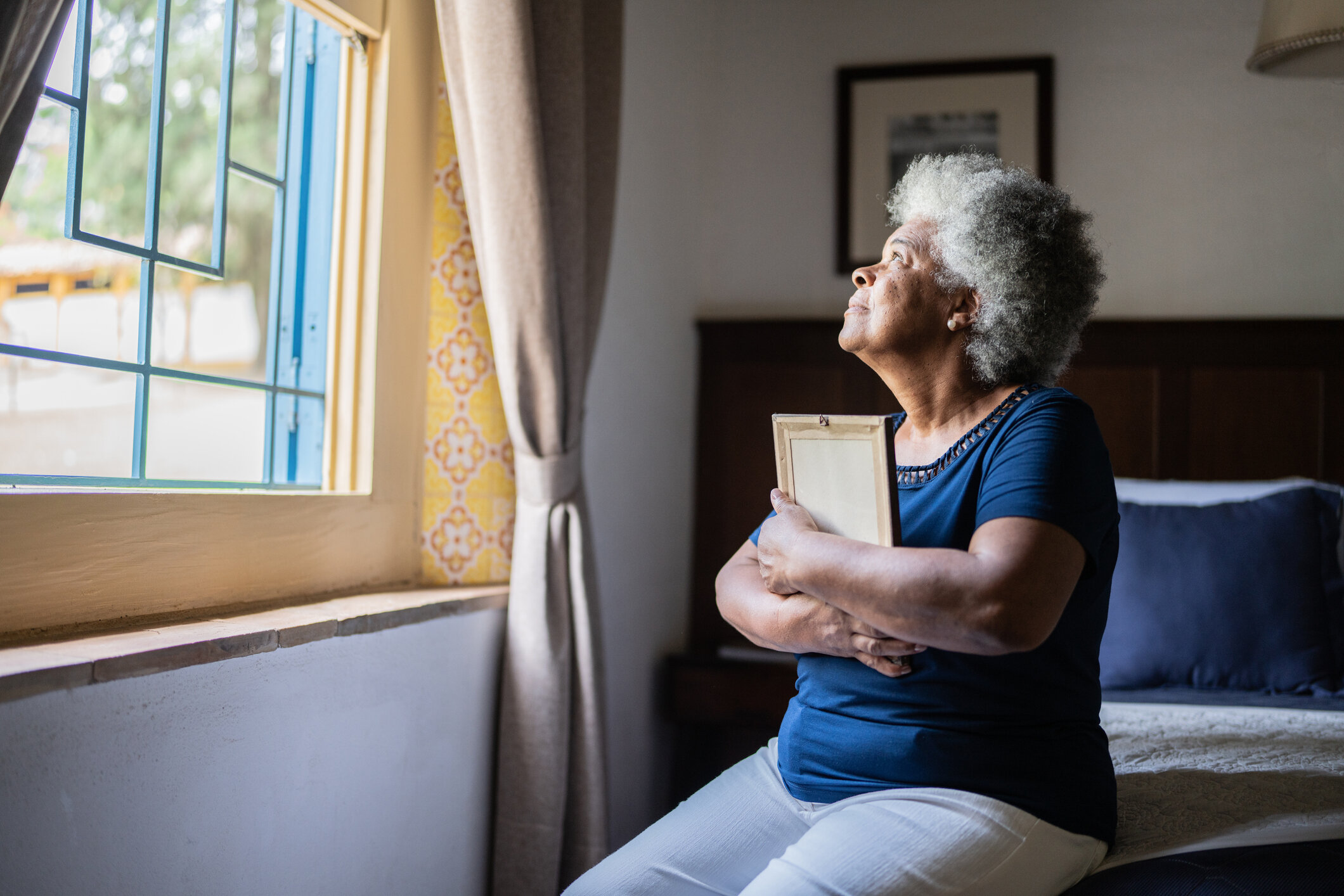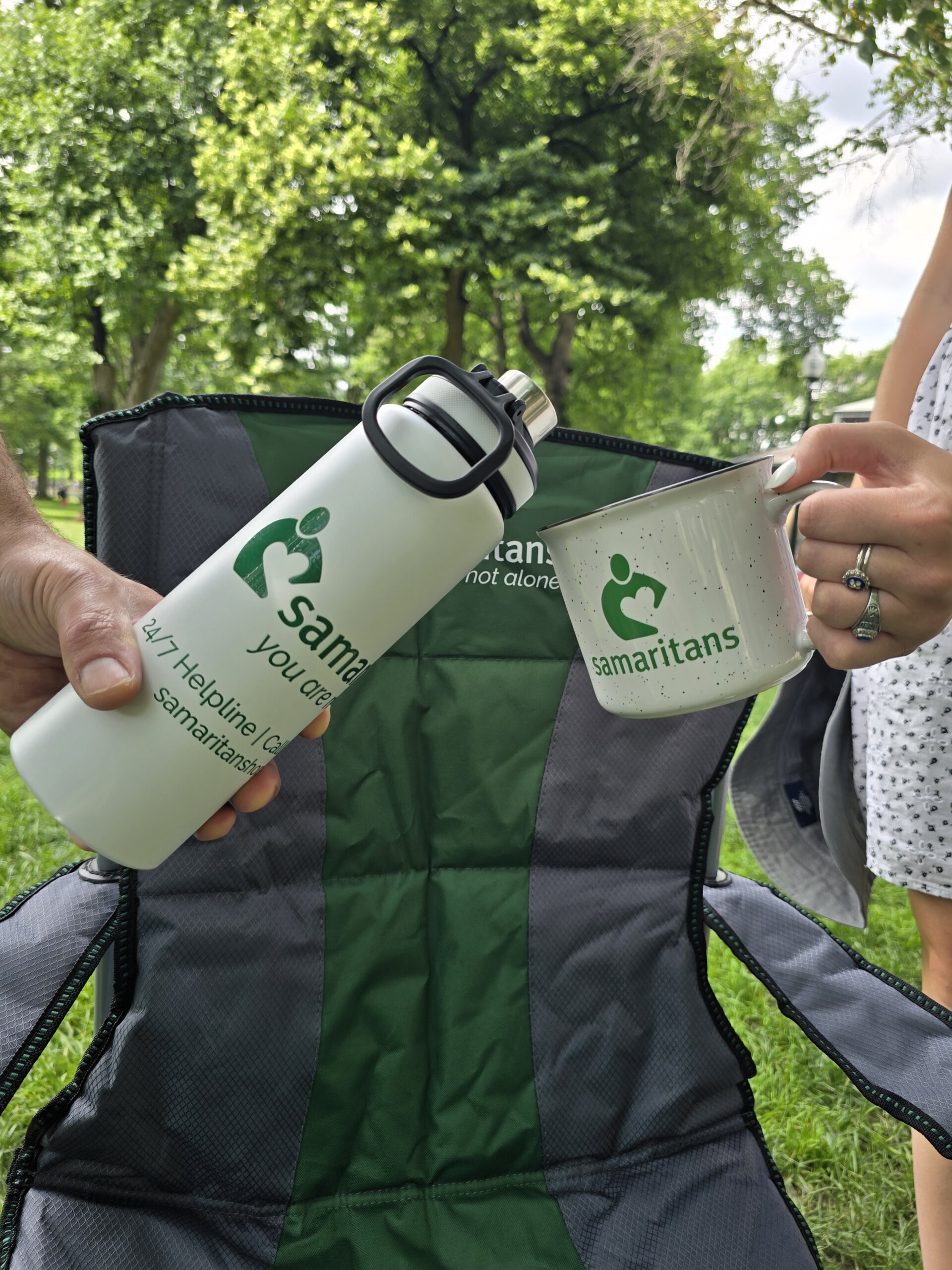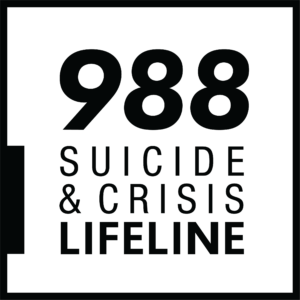For most of us in New England, mid-August typically brings excitement as back-to-school prep ramps up, while melancholy sets in as summer camp and vacations wind down. This year, of course, is very different.
After so many months requiring flexibility and comfortability with change, the start of school is not something we can count on being familiar. It is still uncertain what it may even look like, which may be leading to rising stress and anxiety levels. While that may have been typical for some around this time of year, perhaps now it’s true for more kids and adults. It isn’t only rising stress – it may also be anger, frustration, boredom, longing, and grief. It may also be relief, excitement, and joy, depending on your perspective.
Undoubtedly, the situation ahead clashes with the developmental needs of children and young adults. Staying at home and away from friends is precisely the opposite of what most teens want and need to be doing. For younger kids, developing their sense of self, and getting comfortable separating from what’s known to them is being delayed and, ultimately, made harder by being at home with parents/caregivers and siblings for much longer than typical.
To be clear, I am not advocating for any particular back-to-school plan, but I do want to acknowledge the challenges our young children, teens, adults, teachers, and other school staff are facing right now, relative to the uncertainty of this time. These pressures are real and should be acknowledged as such. We know that suicide is already the second leading cause of death for people aged 10-24. In these times, we need to ensure our youth have as many supports as possible to bolster their mental health.
If you or young people in your life need a compassionate ear, please contact us 24/7 by phone or text at (877) 870-4673. If you need additional help or support, I’ll share some resources below but you can also seek help from school social workers, community health centers, your healthcare provider, and pediatrician’s office.
Additional mental health resources and services that might be of help to you during this time:
- LGBTQ+ youth: The Trevor Project and Trans Lifeline
- BIPOC youth: Mass General Directory and Guide
- Those struggling with eating disorders: Multi-Service Eating Disorders Association (MEDA)
- Those with mental health conditions: NAMI Connection support groups
People often ask how to identify someone at risk for suicide. During this time of remote connecting, it is especially important to know what to look for, as our interactions with others has become more virtual and signs may be harder to pick up on. In our workshops we share the following warning signs:
- Preoccupation with suicide and/or death
- Feelings of sadness or hopelessness, often accompanied by anxiety
- Declining school or work performance
- Loss of pleasure/interest in social and sports activities
- Sleeping too little or too much
- Changes in behavior or mood – right now, consider how their demeanor has changed from before the pandemic
- Changes in weight or appetite
For more information on what to do if you think someone is struggling, visit our How to Help page. To learn more about how you can help prevent suicide, please consider attending one of our suicide prevention webinars. If you would like to help us connect with others for a webinar, we would be happy to work directly with you to present to your friends, family, class or organization.
There’s a tv ad out right now that I like which says, “However you go back, we’re here for you.” Please know that whatever the coming months may bring, Samaritans is here for you too!

Kathleen C. Marchi
Executive Director









